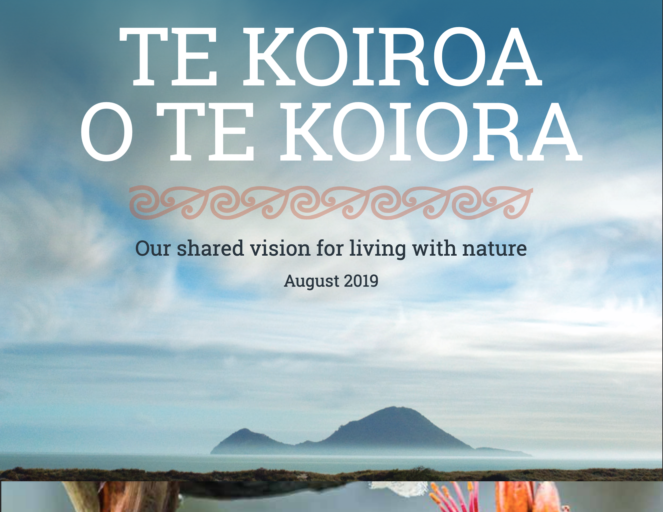The NZ Biodiversity Strategy is an important document that sets out the framework for how we protect our biodiversity and ensure it thrives over the next 50 years.

The Department of Conservation has recently released a discussion document which will help inform the final strategy. This document is particularly important to those involved in community conservation who want to make sure their work is supported in the future.
We highly recommend that you take the time to read the section specifically about community conservation (Communities are empowered to take action, page 46 of this document) and provide your thoughts and feedback on what it covers, what you think is missing and any improvements. Your voice is important. Submissions close at 5pm on September 22 and can be emailed to [email protected]
Your voice is important. Submissions close at 5pm on September 22 and can be emailed to [email protected]
If you have time, we recommend that you read and submit on the entire discussion document.
The discussion document sets out five “system shifts” to support changes to manage and maintain our biodiversity for the next 50 years.
- Shift 1: Getting the system right.
- Shift 2: Empowering kaitiakitanga and mātauranga Māori.
- Shift 3: Communities are empowered to take action.
- Shift 4: Connecting ecosystems from the mountain tops to the ocean depths.
- Shift 5: Innovating for the future.
These are all important shifts worth your consideration, however, for the purposes of our audience we are focusing on Shift 3: Communities are empowered to take action.
Shift 3: Communities are empowered to take action
“All New Zealanders are empowered to be stewards of nature, conserving, managing and using it wisely, and those who are actively contributing are connected, effective, and well-supported. Given the many drivers for biodiversity loss and the range of actions that need to be taken by many players, ensuring empowerment (through resources, information and better coordination) is key to success.”
There are some important components of Shift 3 and things you should consider when writing your submission including:
- Access to current information and advice — how could this be improved so you receive relevant up to date information?
- Streamlining the transaction costs of funding e.g applying for funding and reporting. What other processes could be streamlined to help minimise your administrative load?
- Aligning funding with conservation need — do you agree with this? What about recognition that community conservation fulfills other needs e.g social connection? Should conservation funding focus solely on conservation outcomes?
- How else could funding be improved e.g. supporting philanthropists and others to give them confidence that their investment results in conservation gains.
- Monitoring — what support do groups need to undertake monitoring? How else could outcomes be measured and reported?
- Development of regional hubs — do you see value in hubs being created and if so, what support would you expect them to provide?
- What else do you think needs to be considered to ensure the success of community conservation groups eg funding, access to expertise and up-to-date information?
- Clearer roles and responsibilities of agencies — would it be useful to have roles more clearly defined?
- Better access to tools and technologies — would you like access to new tools and technologies as they become available? What information / advice would you need before you would try new tools?
- Regional plans and priorities — are you aware of these and what impact do they have on the conservation work you do? If not, how could they be more useful?

